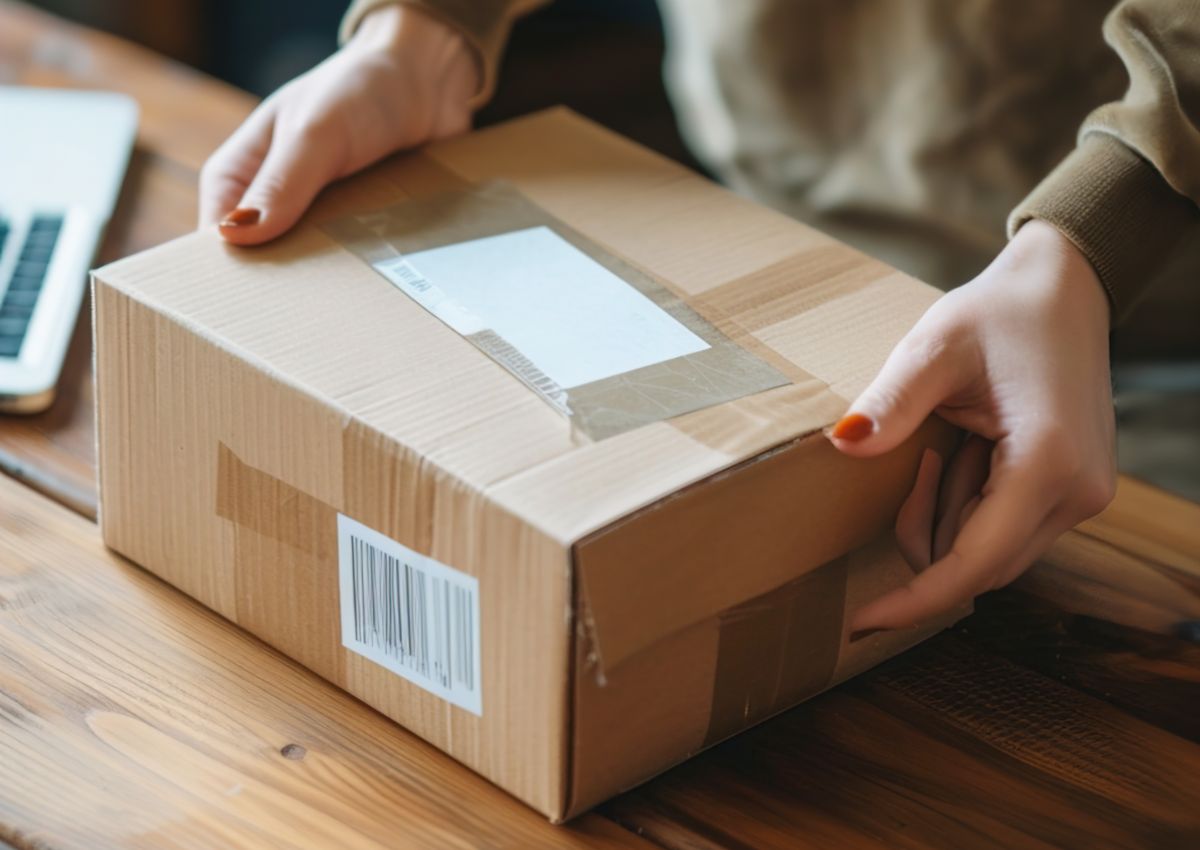Last year saw the first ever eDelivery Expo (EDX), which took place alongside InternetRetailing Expo, in March last year and saw more than 5,000 people attend over two days. Following the success of EDX15, we return to the Birmingham NEC on 27 & 28 April this year for EDX16.
In the build up to what we hope will be an even bigger and better event than last time, we’ll be interviewing and profiling a number of the speakers and participants lined up for you.
The first in that series of interviews is with Janet Godsell, professor of operations and supply chain strategy at Warwick Manufacturing Group (WMG), which is part of the University of Warwick. A former mechanical engineer who first experienced retail logistics while working at Dyson in the late 1990s, Professor Godsell will be appearing on the podium on Day Two. She took time out to talk to eDelivery editor Sean Fleming about her views on some of the big challenges facing the retail sector.
When Janet Godsell worked at Dyson in the late 1990s, there was a period when she was responsible for logistics, with a focus on the connection to the customer – making sure they got the products they wanted. “I dealt with all the major retailers – Argos, Dixons, the catalogue companies,” she tells me. “It was a very interesting time; Dyson products tended to dominate the retailers’ top 10 best seller lists. Oddly thought, that became a challenge because all the retailers wanted the products but we were capacity constrained and couldn’t make enough of them.
“What I saw was that customers would start to order more than they needed, which made the situation worse because then we had to put everyone on allocation. We had to work out what everyone needed as opposed to what they wanted, and then make sure we weren’t giving all the stock to one retailer one week, all to another the next, and so on.”

More than 5,000 people attended last year.
The real demand signal was coming from the customer and not the retailer in this instance; being able to replenish at the rate the consumer was buying, not at the rate the retailer wanted to order, was going to keep things on a more balanced footing.
It was also the time when Dyson started producing vacuums in a wider range of colours, which is one approach to the challenge of getting more shelf/display space in a store. However, from the supply chain perspective that can further complicate things, because you don’t know which colours shoppers will be drawn to.
“Some of the work I’d done at Dyson was about looking at the supply chain from end-to-end,” says Godsell. “Then Dyson sponsored me to do an MBA at Cranfield and that was the sort of research I was working on; the approach we were taking at Dyson was of real interest to Cranfield, and that’s been the basis for my academic work ever since really.”
Revolution vs evolution
There are new business models emerging, thanks in no small part to the drive to adopt omnichannel strategies in retail. According to Professor Godsell there are two main winners as a result.
“First there are the catalogue companies, who have this long heritage and who have developed deep capabilities, around delivery and returns. They’re now really benefitting from the internet because they can get rid of their catalogues, and they’re positioned to do really well.
“You can see that as an example of an evolutionary business model that’s been enabled by the internet to take them to the next level.
“Then you’ve got revolutionary business model – the likes of Uber and Airbnb, which are all about market mediation. All they essentially do is make demand and supply visible and allow people to connect.”
And what of the challenges facing the retail sector … where, I asked, does Professor Godsell see the biggest challenges emerging from, and how should retailers prepare to handle them?
“The interesting thing about omnichannel is that shoppers don’t all want the same thing; they want different things for different reasons. This blending that Argos has been doing – becoming a pickup point for other retailers – is inevitable and is likely to become one of their biggest strengths. Providing they can use their store network effectively.
“There was a time when people would have assumed Argos was totally at threat from Amazon, but I think now even Amazon realises the importance of stores.
“Years ago Argos, maybe as long as 20 years ago, Argos had a system that meant they could prove when someone had lost them a sale at the store, and if they could do that you’d pay a penalty for it. Their EPOS was so good all those years ago they could identify a lost sale due to inability to fulfill.”
Choices and changes
“Looking forward, I think we’re going to have to start thinking about the environmental impact of delivery and making different choices where home delivery is concerned,” Professor Godsell tells me.
That could mean an extension of existing eco-delivery services, which some retailers already offer. Or it could point to bolder initiatives, such as the consolidation of deliveries from different providers optimising the home delivery network, something that in some ways bears resemblance to something like Doddle’s recently launched Neighbour service, where one person in a community becomes the focal point for delivery and collection.
But Professor Godsell sees compelling reasons for this sort of move to happen sooner rather than later. “The individual lifestyle courier only gets paid on successful delivery; no one cares how many times they have to attempt that delivery – they only get paid on completion.
“From an environmental and sustainably perspective maybe it’s about time we cared.
“Our rate of consumption has got out of control. I think we’ll see more of a shift to ward responsible consumerism. If people were more aware of the impact of some of the decisions they make , they’d make different decisions.”
But the biggest challenge of them all is, of course, that no one actually knows what the future holds in store, no pun intended. In the past, particularly in the grocery sector, big bets were placed on investing huge sums in large stores and shopping centres located in suburban areas. Yet the last two years have seen a very real shift in people’s shopping habits. The popularity of the big shopping trip is decidedly on the wane; these days, it’s all about convenience.
Some of these are issues we have touched on previously on eDelivery. Whether on the importance of proximity to people when locating DCs, or the need to address today’s problems today – particularly with regard to not betting the future on singularities.
“Consumers are changing and they are valuing different things,” Professor Godsell tells me. “They are becoming more aware of the impact of their behaviour.
“Retailers aren’t future proofing themselves enough. The dice are still up in the air and no one knows where they are going to land. Retailers need to think about how they configure their supply chain in a way that lets it flex for the greatest number of potential scenarios in the future.
“You have to be aware that this is the case and take more of a scenario-based view. And I think you have to have some redundancy in your systems.”
There’s an interesting parallel that can be drawn with the demise of specialist manufacturing skills in the UK. Some 20 or so years ago there was a trend toward off-shoring and outsourcing manufacturing. This trend has eventually begun to reverse, as many of the advantages of having manufacturing handled in China, for example, have become less pronounced, and as some manufacturers have simply wanted a geographically tighter supply chain.
However, once lost many manufacturing skills become hard to rediscover.
It’s an approach that could inform decision making where capacity issues are concerned, thinks Godsell, particularly in regard to maintaining additional facilities that will really only be used during peak.
“If a manufacturer outsourced 90% and kept 10%, then when they wanted to bring some of it back they’d still have retained some of those capabilities. So how about rather than close a DC, just scaling it right back but keeping some of it so you can bring it fully on stream when needed. Or rather than do everything yourself, why not share non-essential tasks with your competitors?”
Although this will be Professor Godsell’s first attendance at EDX, she has no doubt that it’s an event she will benefit from. “I’m looking forward to attending EDX16,” she says. “It will help me see what the leading edge of current practice is, and to perhaps see where some of the future trends are going.
“Then we can build some of that into our teaching at the university.”
You’ll find details of EDX16, including speakers, sessions, and registration information, on the eDelivery Expo website. We hope to see you there.








